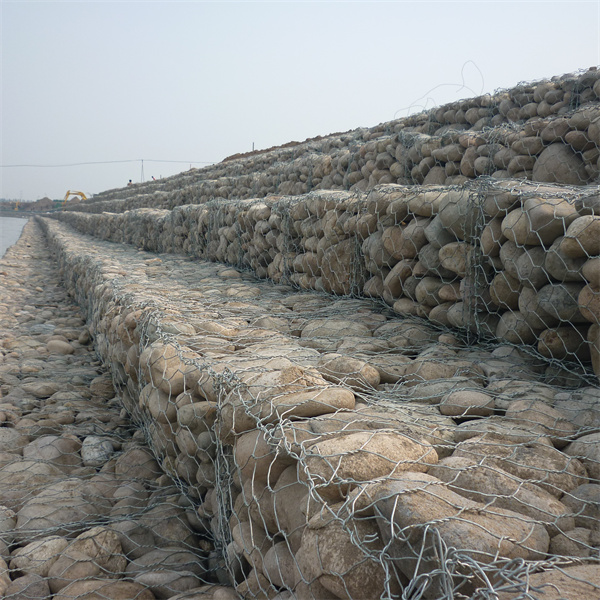loka . 21, 2024 10:35 Back to list
Innovative Designs in Gabion Architecture for Sustainable Construction Solutions
The Beauty and Functionality of Gabion Architecture
Gabion architecture is an ingenious and sustainable approach to construction that embodies the harmony between nature and human ingenuity. Derived from the Italian word gabbione, meaning large cage, gabions are essentially wire mesh boxes filled with natural materials such as rocks, pebbles, or soil. While traditionally used for erosion control and retaining walls, gabions have evolved into an architectural element that fascinates designers and engineers alike.
At its core, gabion architecture emphasizes the use of locally sourced materials, making it an eco-friendly choice in modern construction practices. These structures are often integrated into landscapes, allowing for seamless transitions between built environments and nature. The aesthetic appeal of gabion walls, which can vary in color and texture based on the materials used, creates a striking contrast against the greenery of their surroundings. They can serve as both functional barriers and beautiful elements of design, enhancing the visual experience of outdoor spaces.
One of the primary advantages of gabion structures is their strength and durability. The combination of the rigid wire mesh and the heavy filling provides excellent stability, allowing gabions to withstand significant forces, such as water flow during floods or seismic activity. This resilience makes them particularly suited for locations prone to natural disasters or extreme weather conditions, where traditional materials might fail.
gabion architecture

In addition to their structural benefits, gabions offer excellent drainage properties. The porous nature of the filled materials allows water to pass through freely, reducing the risk of hydrostatic pressure build-up behind retaining walls. This drainage feature not only helps prevent erosion but also creates ideal conditions for plant growth. As such, many architects incorporate vegetation into gabion designs, promoting biodiversity and creating sustainable ecosystems within and around these structures.
Gabion architecture is also incredibly versatile. It can be adapted for various applications, from garden walls and seating areas to larger constructions such as noise barriers or even entire buildings. Artists and architects are beginning to explore the creative potential of gabions, using them as canvases for artistic expression or as functional sculptures in public spaces. The mix of natural materials and structural forms can create a dynamic visual statement, drawing attention and inviting interaction.
Furthermore, gabion walls can be designed to be modular and easy to assemble, allowing for quick installation. This flexibility makes them an attractive option for temporary structures or pop-up environments, catering to the needs of modern urban development. As cities continue to grow and evolve, gabions present an innovative solution that balances functionality with aesthetic appeal, challenging conventional architectural practices.
In conclusion, gabion architecture stands at the intersection of sustainability, functionality, and creativity. By utilizing natural materials and embracing the beauty of imperfection, it offers an environmentally responsible alternative to traditional construction methods. As we face increasing challenges related to climate change, the adaptability and durability of gabion structures could play a significant role in shaping the future of architectural design. Whether serving as protective barriers, aesthetic enhancements, or environmental solutions, gabions exemplify a commitment to principles that honor both nature and design, making them a noteworthy choice for architects and builders in the 21st century.
-
hesco-gabion-baskets-for-coastal-erosion-prevention
NewsAug.22,2025
-
longevity-and-durability-of-river-rock-gabion-walls
NewsAug.22,2025
-
how-to-integrate-gabion-3d-walls-in-urban-planning
NewsAug.22,2025
-
reno-mattress-gabion-applications-in-civil-engineering
NewsAug.22,2025
-
how-to-install-wire-mesh-for-gabion-baskets-properly
NewsAug.22,2025
-
best-materials-for-filling-a-chain-link-gabion
NewsAug.22,2025
-
Wire Mesh Thickness Impact on Gabion Wall Load Bearing
NewsAug.12,2025






